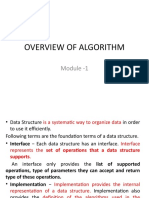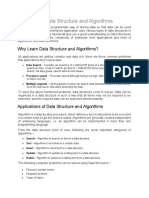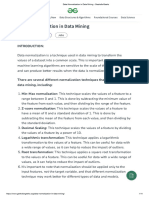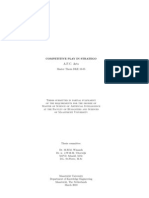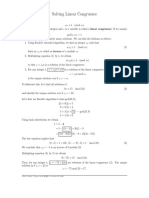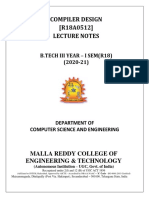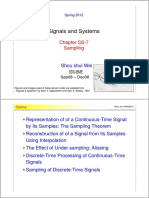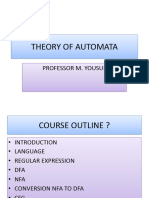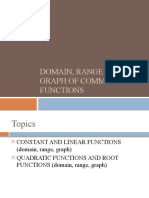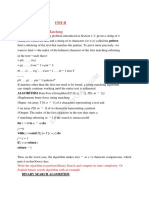0% found this document useful (0 votes)
17 views18 pagesData Structure & Time Complexity
The document provides an overview of Data Structures and Algorithms (DSA), emphasizing their importance in programming languages for organizing and processing data efficiently. It discusses the characteristics, complexities, and types of data structures and algorithms, as well as the significance of time and space complexities in algorithm performance. Additionally, it covers asymptotic notations like Big-O, Omega, and Theta for analyzing algorithm efficiency.
Uploaded by
hitanshisinghal59Copyright
© © All Rights Reserved
We take content rights seriously. If you suspect this is your content, claim it here.
Available Formats
Download as PPTX, PDF, TXT or read online on Scribd
0% found this document useful (0 votes)
17 views18 pagesData Structure & Time Complexity
The document provides an overview of Data Structures and Algorithms (DSA), emphasizing their importance in programming languages for organizing and processing data efficiently. It discusses the characteristics, complexities, and types of data structures and algorithms, as well as the significance of time and space complexities in algorithm performance. Additionally, it covers asymptotic notations like Big-O, Omega, and Theta for analyzing algorithm efficiency.
Uploaded by
hitanshisinghal59Copyright
© © All Rights Reserved
We take content rights seriously. If you suspect this is your content, claim it here.
Available Formats
Download as PPTX, PDF, TXT or read online on Scribd
/ 18



